×
Save 20% On Your Purchase!
Use code SAVE20 at checkout to save on your purchase today from my Herbal Shop!
×
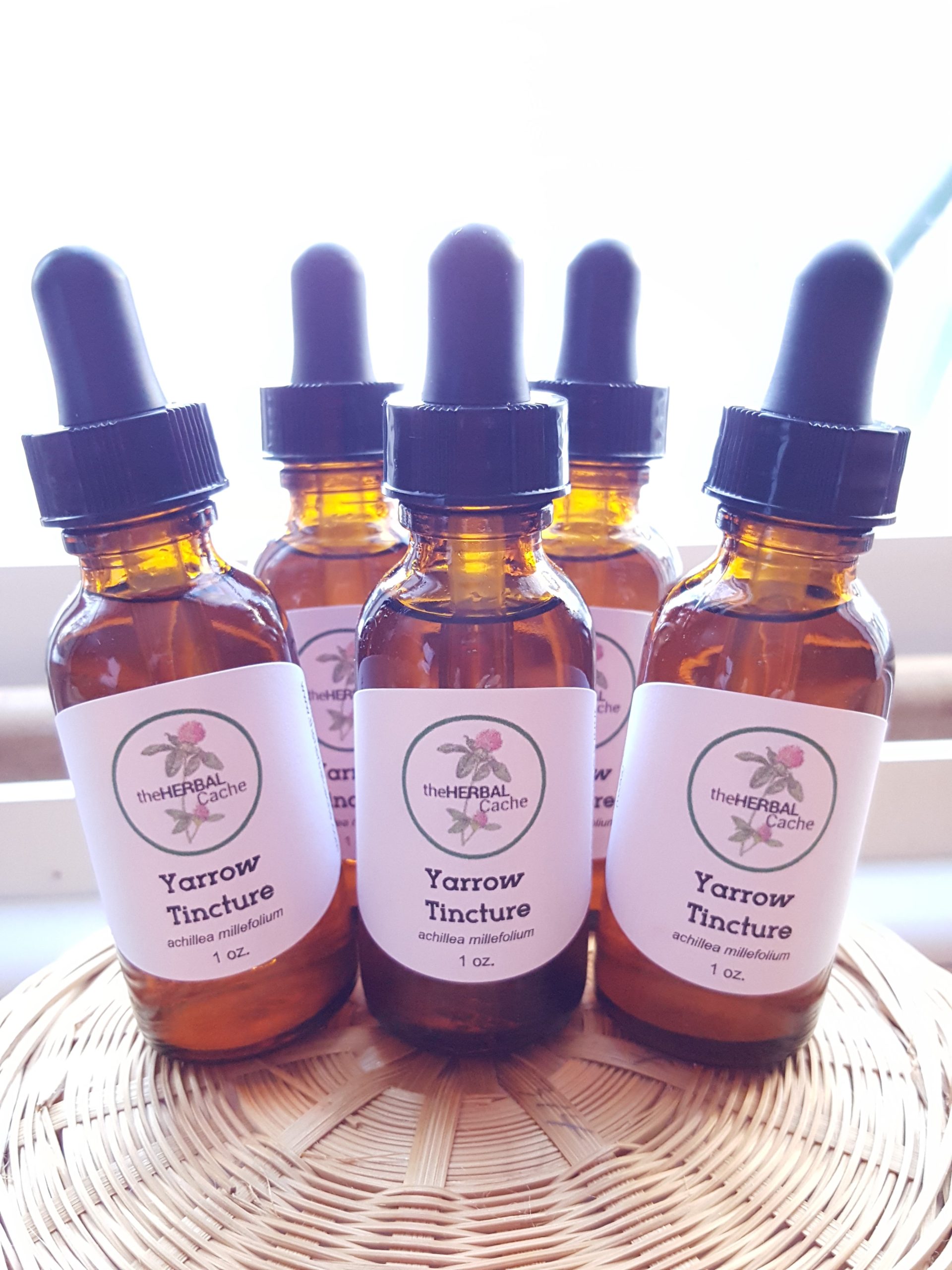
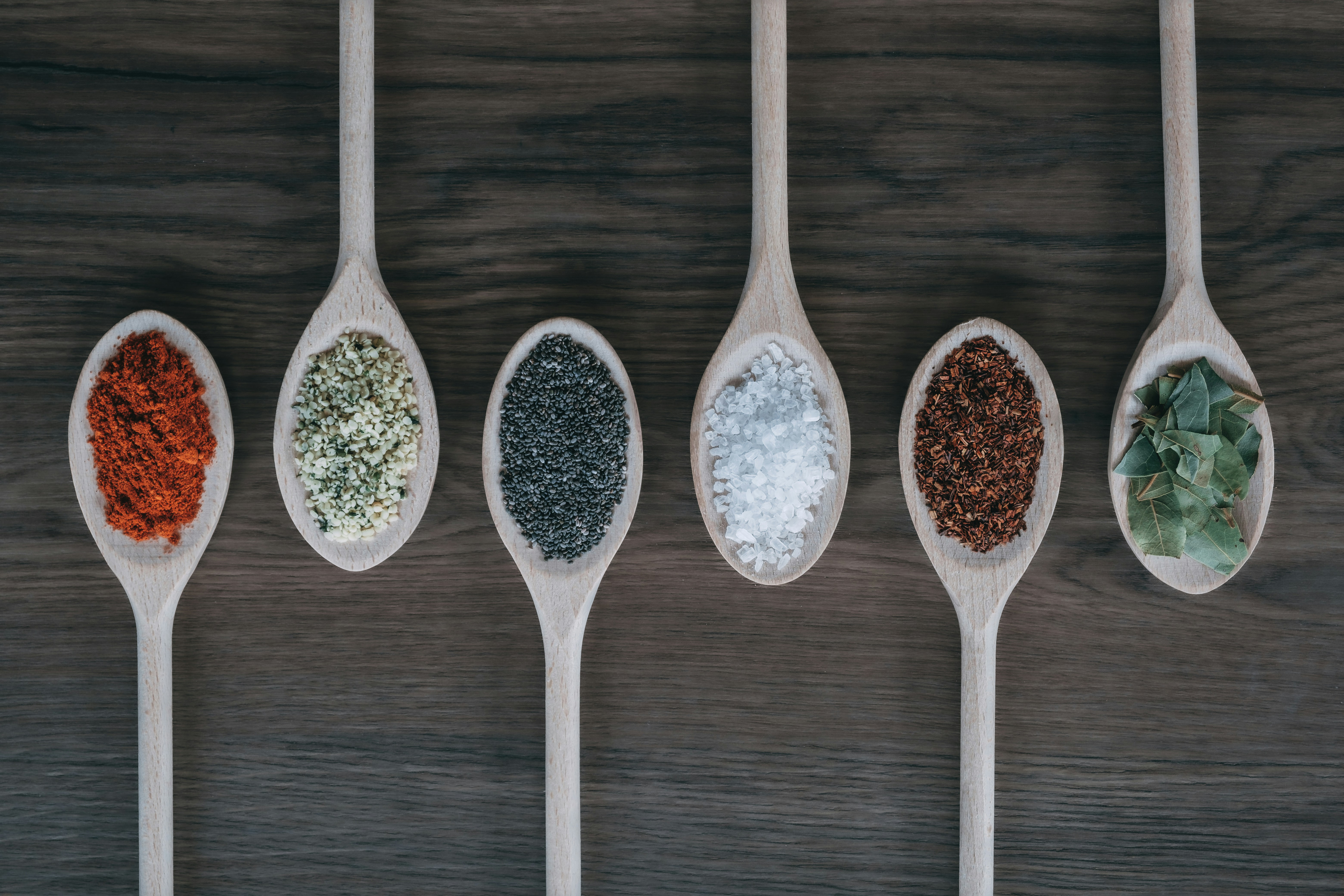
Welcome to another blog post in my series “Myths in Herbal Medicine”. Here I try to shed some light and knowledge surrounding a number of myths or views toward herbalism that are skewed one way or the other.
In this post I go over whether or not to use herbs by themselves or grouped in formulas and how formulas are created. A reminder that I am also talking about weeds when I refer to herbs, as they make up a huge part of my herbal apothacary.
Using a single herb for a symptom or purpose is fine. There is nothing wrong with that. Herbs, and weeds, are sometimes classified as simple little plants, but they can be complex in nature. Taking one herb by itself can help you learn how it affects you.
A single herb can affect you in one way or a number of ways. It depends on how you and the herb connect with each other. Because a herb may work one way for you, but slightly different for someone else.
When taking an herb for the first time, sometimes it is best to take it by itself. Pay attention to how you feel or if there are any changes in your body. This a a great way to learn how the herb is affecting you.
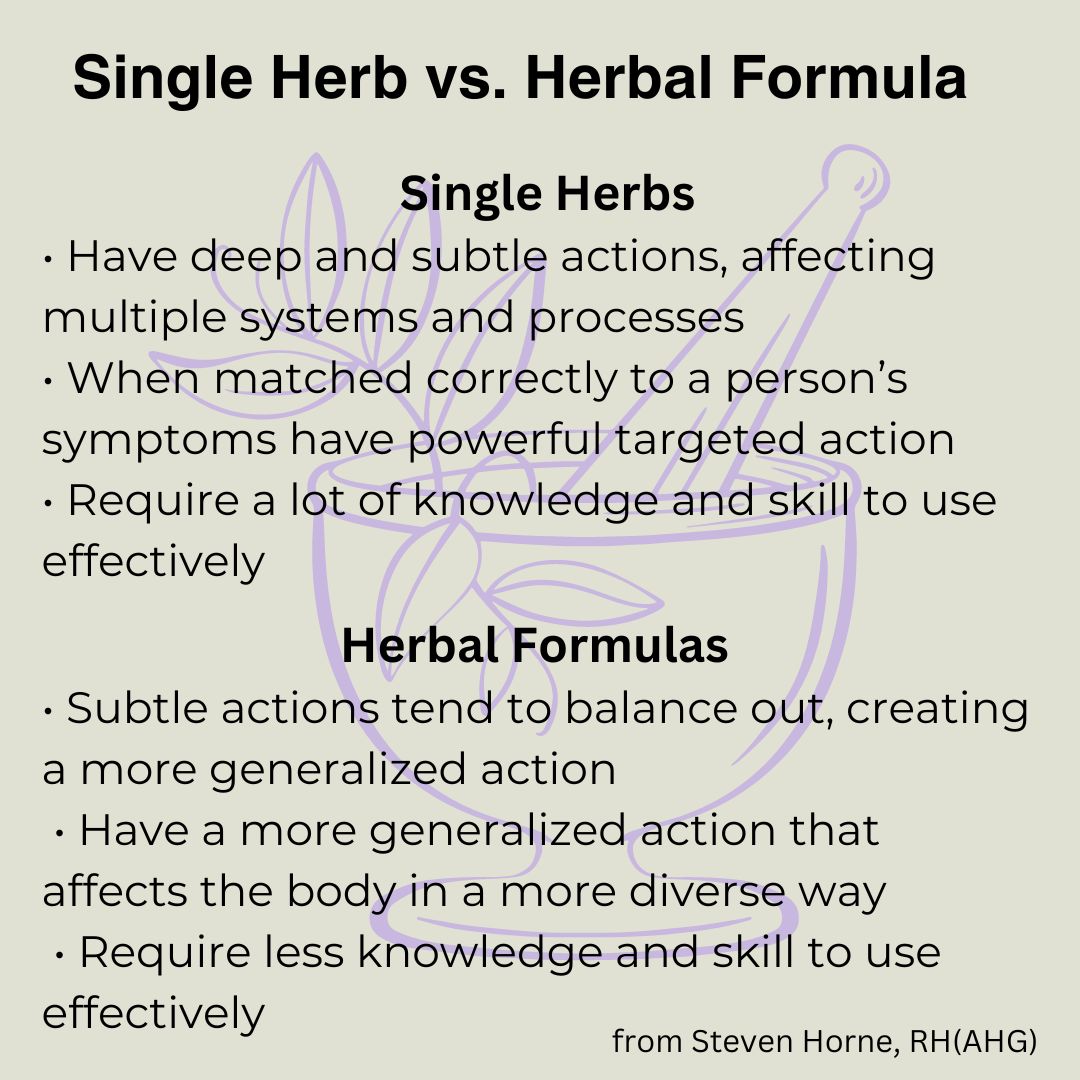
Many herbs, when combined with other herbs, work better then when on their own. There is a synergy that is created.
Synergy = “the whole is greater than the sum of its parts”
You can compare it to a car. A tire on its own rolls, but when it is combined with all the other parts of a car, it can roll very fast! And if you remove certain parts, the car will no longer work the way it was intended.
European, TCM and Ayurveda generally believe through practice and experience that synergy between herbs is happening and is a central part of their doctrine. This synergy is the harmony created by the individual as part of something, like the tire and car I just referred to.
Many herbalists believe that putting herbs into formulas makes them much stronger then using them on their own because of the synergy that is taking place. It’s like creating a team. A recent double-blind, crossover trial using 20 young, healthy volunteers, taking a formula containing ginseng, Panax ginseng, and ginkgo, ginkgo biloba, demonstrated to be more effective in improving cognitive function than either alone (Scholey and Kennedy 2001).

Herbs have been used in formulas for thousands of years. Many of those formulas are still used today, some maybe slightly changed.
One of the best-preserved manuscripts, called Wushier Bing Fang, written on silk, described prescriptions for treating 52 illnesses. It is believed it was compiled around 900 BC, nearly three thousand years ago! It was found in a Chinese Emperor’s tomb. It contains over 170 formulas using two or more ingredients.
Combining herbs can almost be called an art. The fun, or interesting, part is that every formula is unique. A formula is created for one individual based on their health history, diet, exercise, current symptoms, etc. There is no “right” way because every herbalist adds their personal flair when they create their formulas.
There are a number of things that do need to be taken into consideration when creating formulas:
There is no magic number for the amount of herbs you should use when formulating herbal medicine. What matters most is not how many herbs you used in your formula but your reasons for selecting them and your approach to combining them.
Herbs can be formulated together in a number of ways. The art is knowing, and learning, which herbs to combine to get the affect you are after and what delivery method to use.
You need to ask a couple of questions. Is this the most convenient, most delicious, most effective way to deliver your remedy? Would the formula be better as an infused honey, a steam, or a capsule? Is the person taking it going to want to take it? Also consider solubility: choose herbs that will extract in the method you’ve chosen, or choose the method based on the herbs.
Here are a few ways for delivery:
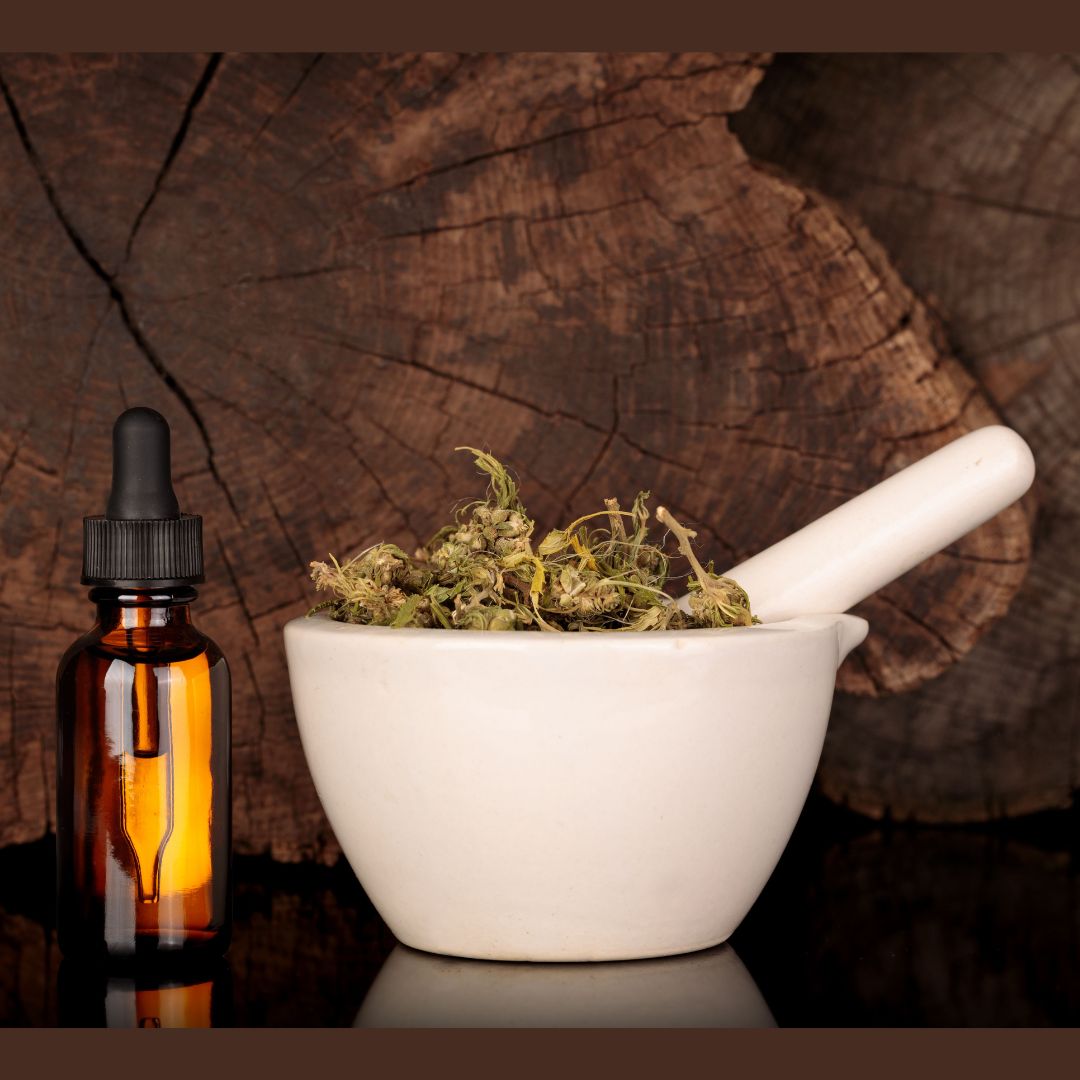
As we all know, we use many herbs for cooking. And in many cases, we are using multiple herbs together, because they work well together.
Some traditional combinations are:
Herbal medicine is generally more forgiving than you may think, so don’t be afraid to try. Trust your knowledge, gut feeling and just create!
The only way you learn how the herbs work together is if you try. Like I mentioned earlier, every formula is different because every herbalist adds their own flair and knowledge to it.
And like everything else, creating formulas to use over single herbs, is a learning process. One formula may not do what you wanted it to do, but that doesn’t mean give up. Keep trying.
Creating a formula is a lot like arranging a flower bouquet or writing a poem, finding that perfect balance and beauty that works for you.
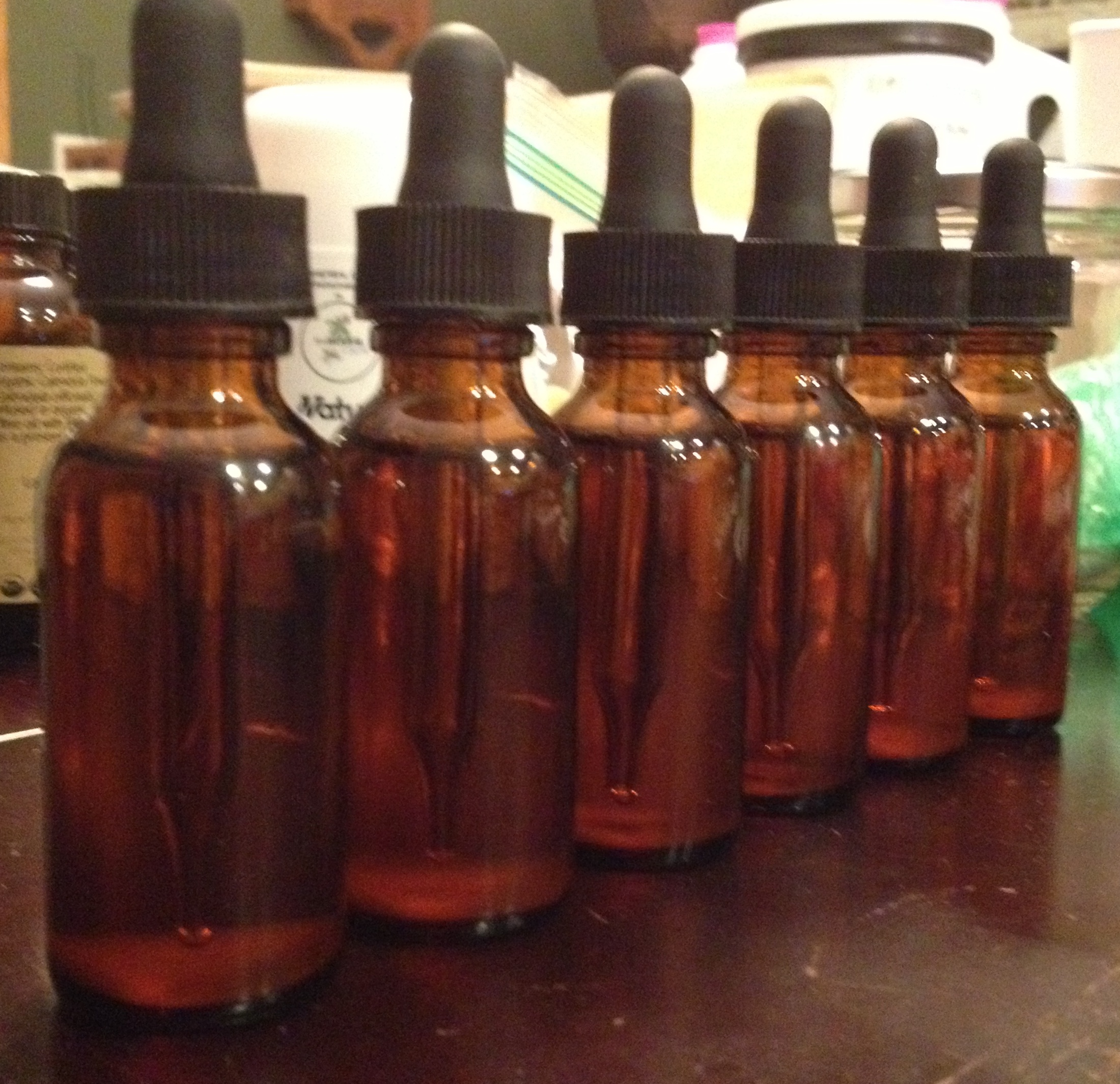
Read my other blog posts in this series of “Myths in Herbal Medicine” and let me know what you think.
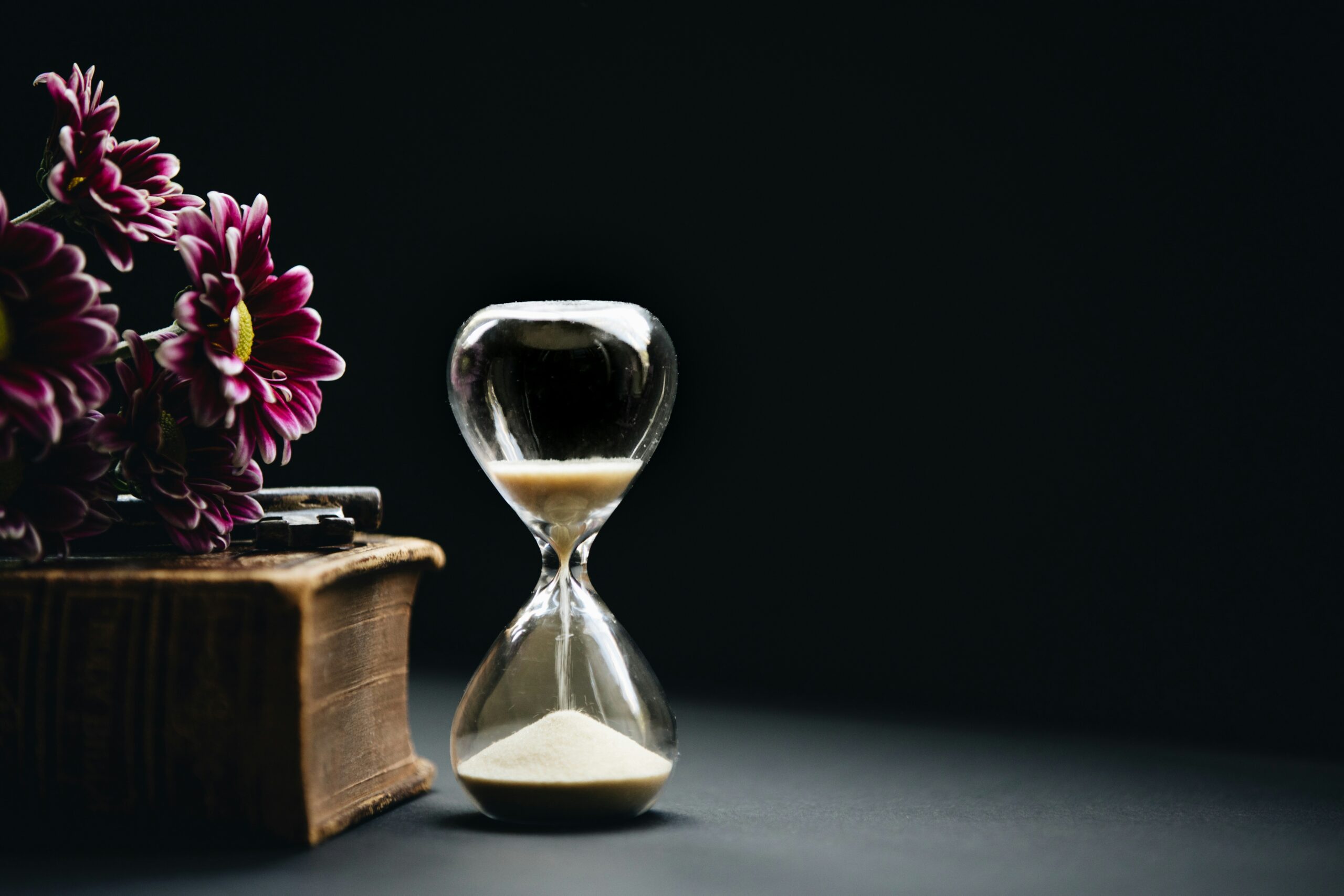
There is the common myth that using herbs for medicinal purposes takes a long time to feel or see results. I think one reason for this is because people today are comparing them to allopathic medicine, or “modern” medicine. They expect immediate results.
But the real answer is that it all depends.
I know, not the answer you were hoping for. So it depends on what?
There are a number of factors, or variables, that determine how and when you will feel or see an herb taking effect.
Lets check out a few of these factors.
Different herbs work in different ways, so depending on the herb will determine how soon you notice the effects from it, if any. There may be an herb that just isn’t meant for you.
Take kava, for example, which can often be felt in 10 to 20 minutes, sometimes even sooner. Bitter herbs, such as dandelion and ginger, which are taken for digestive issues, also take effect within a short time. The reason they are taken before meals.
Astringent herbs, like yarrow and witch hazel, are tonifying, and will take longer for results to appear.
In acute situations, such as upper respiratory illness, urinary tract infection, nausea, headache, cramps, the herbs can be effective quickly. Results may be seen the same day the herb is taken and only need to be used for a short time.
In chronic conditions, such as arthritis, allergies, asthma, chronic constipation, etc., an herb can take from a couple weeks to several months to reach full effect. Although many chronic conditions may require taking herbal medicine for a longer period of time, small signs may be apparent when first starting to take the herb.
There are a number of ways an herb can be administered. It can be a tincture, tea, capsule, tonic, etc.
Tinctures are well-absorbed and begin working very quickly. But the key word here is begin. Noticeable effects or results can vary greatly. Some herbs that affect the nervous system can produce noticeable effects in a short period of time.
Taking an herb in capsule form will take longer, as the body needs to break down the capsule through digestion.
Tonics usually show results over a period of time.
A lot of things determine how fast an herb will give you an outcome you are happy with. If you get an outcome.
Keep in mind, everyone is different. So what works for one person, may not work for you. Patience is key when working with herbs.
Also, for herbs that take longer to work, you may not even notice it. Acne that was once a problem may slowly disapper. And one day you’ll notice that your acne issue is gone!
The key is research and patience together. This will help you find the herbs meant for you to live a more healthy and fulfilling life.
Read my other blog posts in this series of “Myths in Herbal Medicine” and let me know what you think.
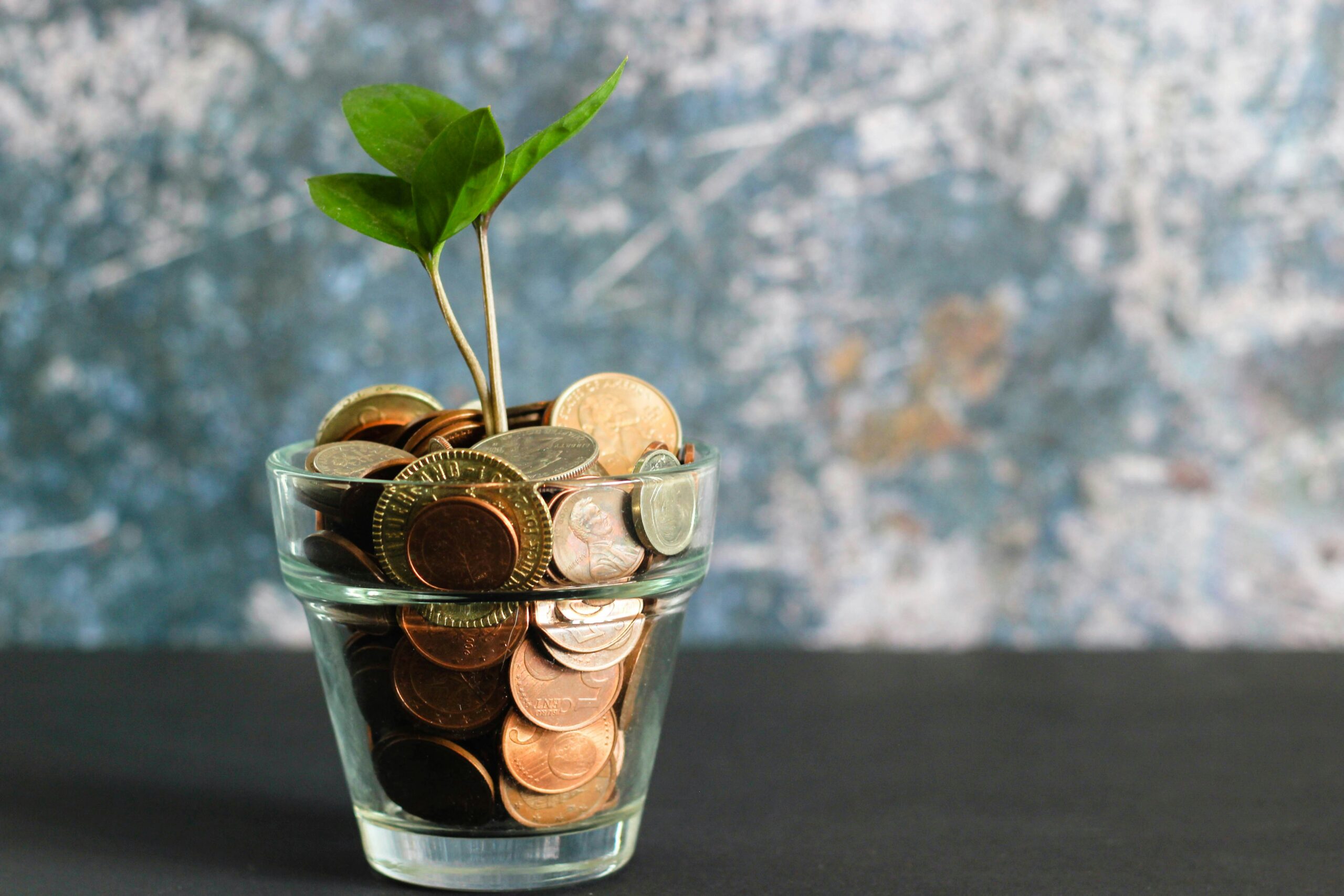
This is part three in my blog post series of “Myths in Herbal Medicine”. You can find the links to the other posts at the end of this post.
I feel that many people think that using herbal medicine can be expensive because it is natural. I guess that would depend on how you approach herbal medicine and what you are buying. But it doesn’t have to be expensive. And by this, I don’t mean that you need to get the cheap stuff either.
For the purpose of this post, by herbal medicine, I mean you can use herbs as food or make them into remedies, such as tinctures or oxymels. Because Hippocrates did say “Let food by thy medicine”.
In this post, I’ll show you a number of ways to get herbs for medicine and food, that won’t empty your wallet. Hopefully, you will find one or more that will suit your needs.
Purchasing herbs in larger quantities at a time can save you money. Some retailers may sell at a wholesale cost if you purchase a minimum amount. You may be able to save 30-70% getting them in bulk.
You will need space to store them. A cool, dark place is best. You can also share with others.
If you tend to store them, there are a number of safe ways to preserve them till use. Airsealing them in bags is how I do it. There are also buckets or pails you can purchase as well, for food grade items.
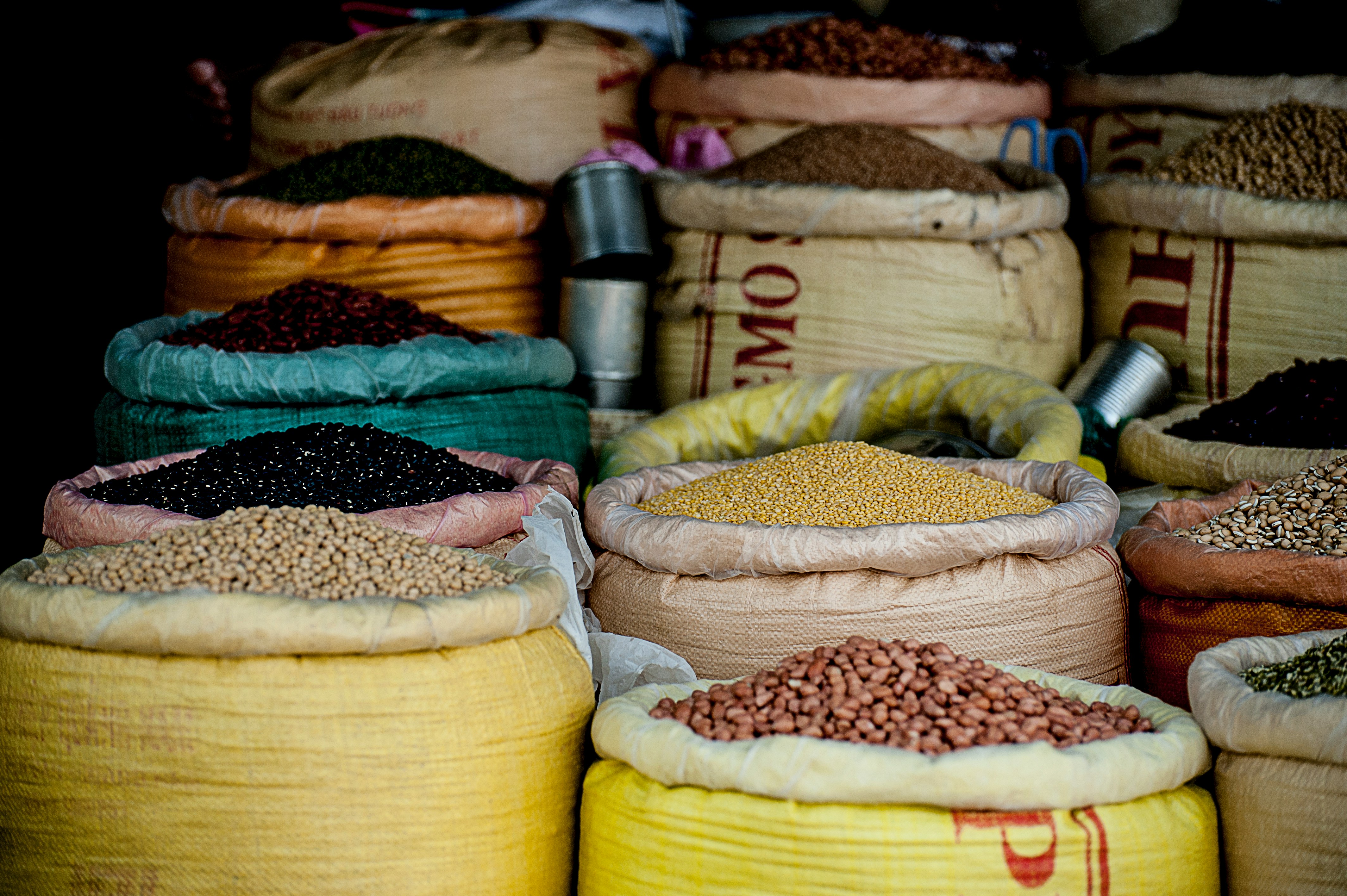
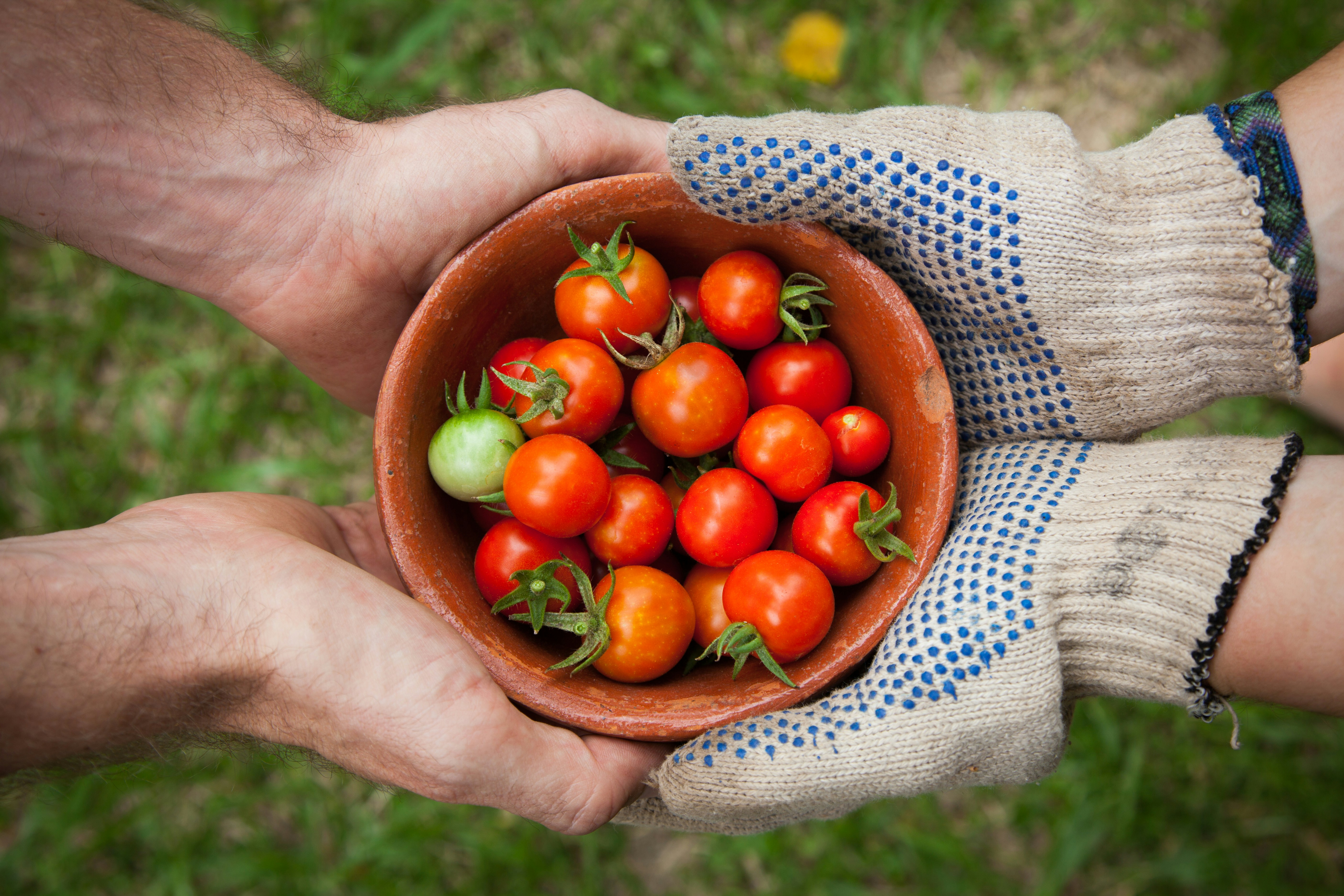
As I mentioned in the previous segment, sharing or partnering with others is another way to save.
Everyone likes saving money. So check with family and friends to see who, if anyone, is already buying the same herbs as you, and see if they want to split a purchase.
By dividing up the cost of herbs, it is not only cheaper, but also lets you use the herbs in a more timely manner. This may mean buying more frequently, but the herbs will be fresher. And who doesn’t like fresh herbs!
I know it is a little more time consuming, but keeping an eye out for sales and coupons can help save you money.
Holidays and company anniversaries are the perfect time to watch for sales.
Signing up for online herbal newsletters will sometimes offer a discount on a one-time purchase. Newsletters also can keep you posted as to when sales are coming up.
I like to utilize sales, even if I don’t need the herb at that time because it saves me money in the long run and I’m not paying full price.

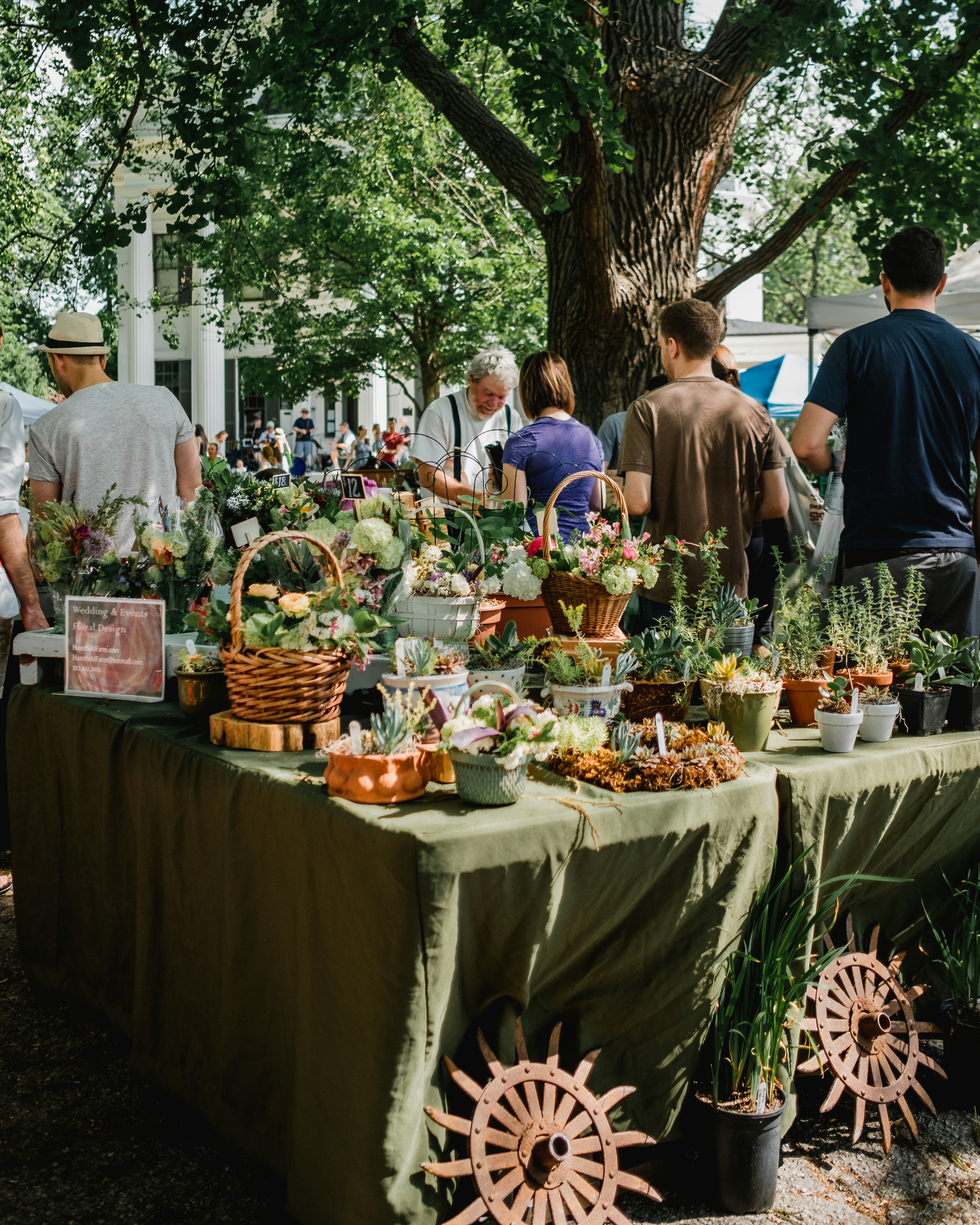
Supporting local is always a good way to find herbs to purchase and farmers markets make that very easy. Most cities and towns host farmers markets during the summer, and some even have them all year long.
I am a little biased here, on recommending farmers markets because I started my herbal business at the local farmers market in town. I sold my herbal products and got to know my weekly customers.
Something to keep in mind, some vendors at farmers markets will barter. So don’t be afraid to “make an offer” for herbs or herbal products you would like to purchase. But make sure to present a reasonable offer. You don’t want to upset a vendor with a ridiculous offer.
By shopping at farmers markets, you also get to know the person selling the herbs, can find out where the herbs are from, how they are harvested, etc. I feel this is one of the best ways to get your herbs because you get to know your herbs, unless you forage or grow your herbs.
I love foraging for a few reasons. First, the herbs, or maybe weeds for some, are free! Of course, this takes time and you need to know where to find the herbs.
Another reason I love foraging is because it gets you outside and into nature. Get your exercise and Vitamin D at the same time!
If you decide to forage, two things to keep in mind. Make sure you know how to identify the plants! There are some that have look-alikes, but can be deadly. Secondly, if its not your land, make sure you get permission to forage.
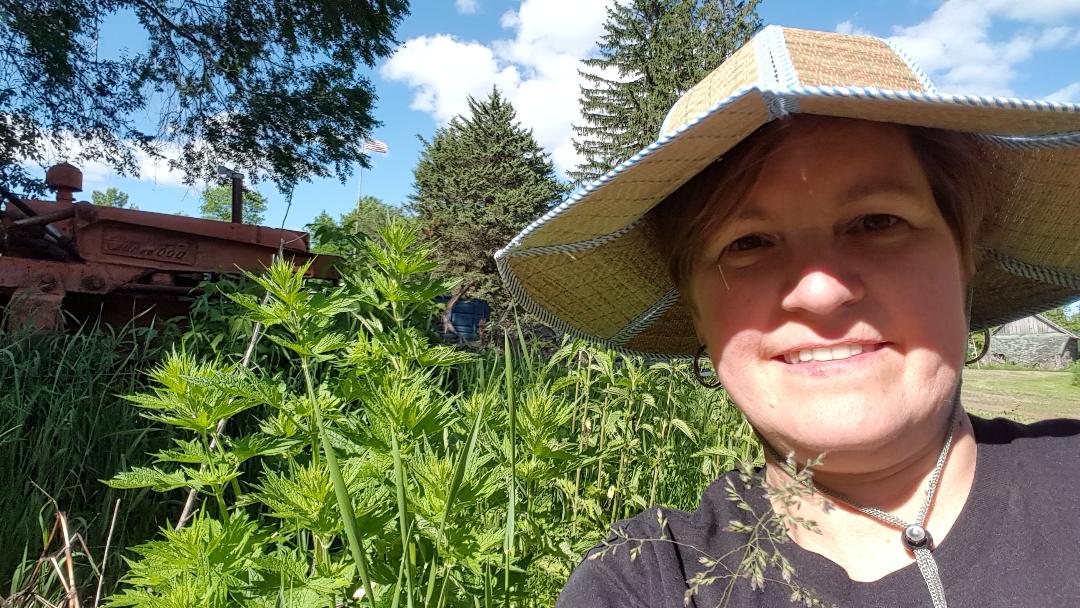
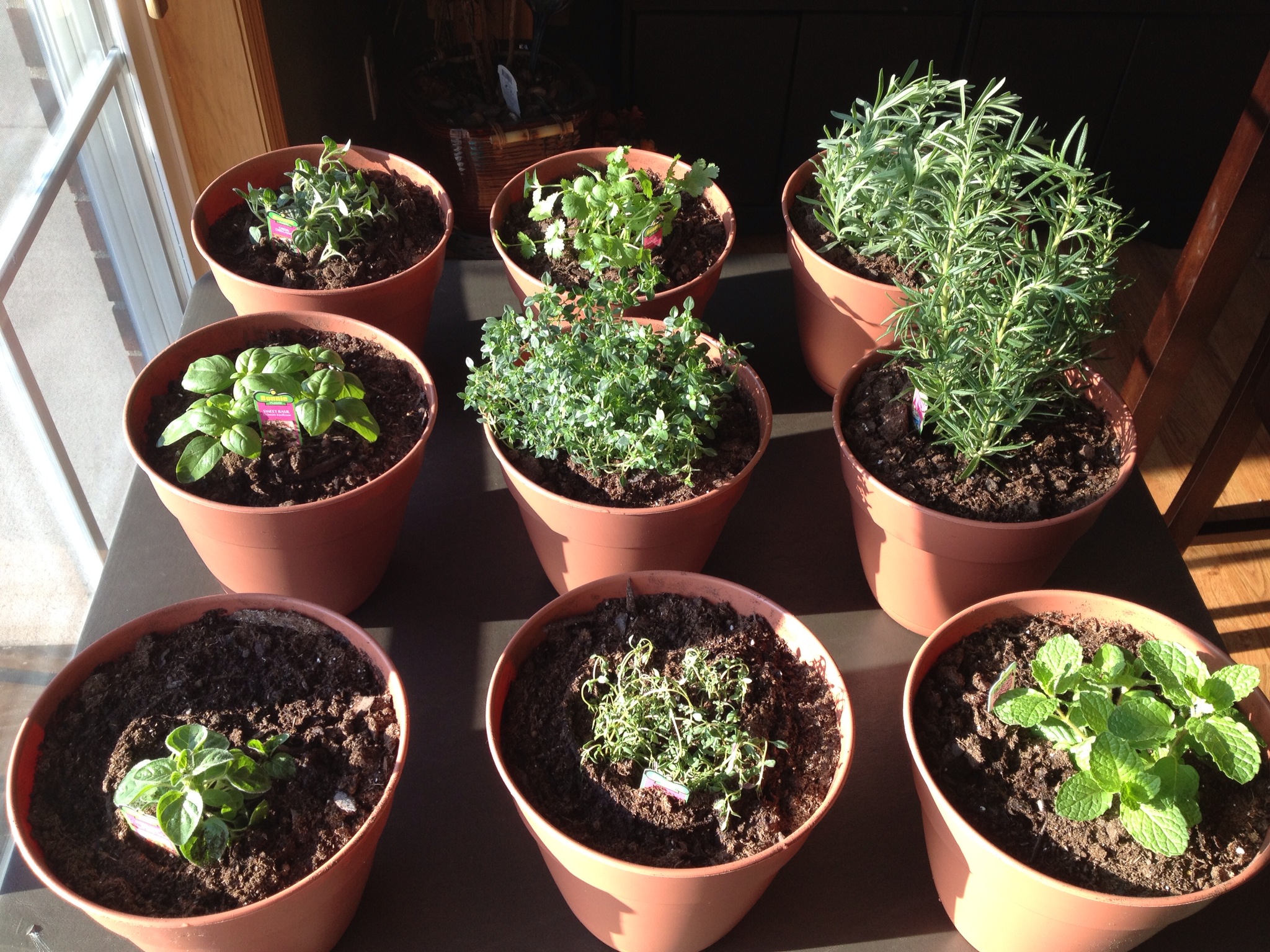
If you enjoy gardening, like me, try growing herbs. I love to watch plants grow and develop, whether in a garden or a patio pot.
Growing your own herbs holds many benefits. First, you can grow the herbs that you want to use. Second, you know exactly how they are grown and where they are coming from. Third, growing your own herbs can be relaxing and fulfilling.
And you don’t need a lot of space. Get a few pots or find a community garden. Don’t let space stop you.
As you can see, there are a number of ways that you can get herbs without breaking the bank. By partnering with others or growing your own, not only will you save money, but it will also give you a sense of accomplishment.
I hope you will find one or more of these ways to get the herbs you want into your herbal pharmacy.
Read my other blog posts in this series of “Myths in Herbal Medicine” and let me know what you think.
Herbs are Natural, so They are Safe
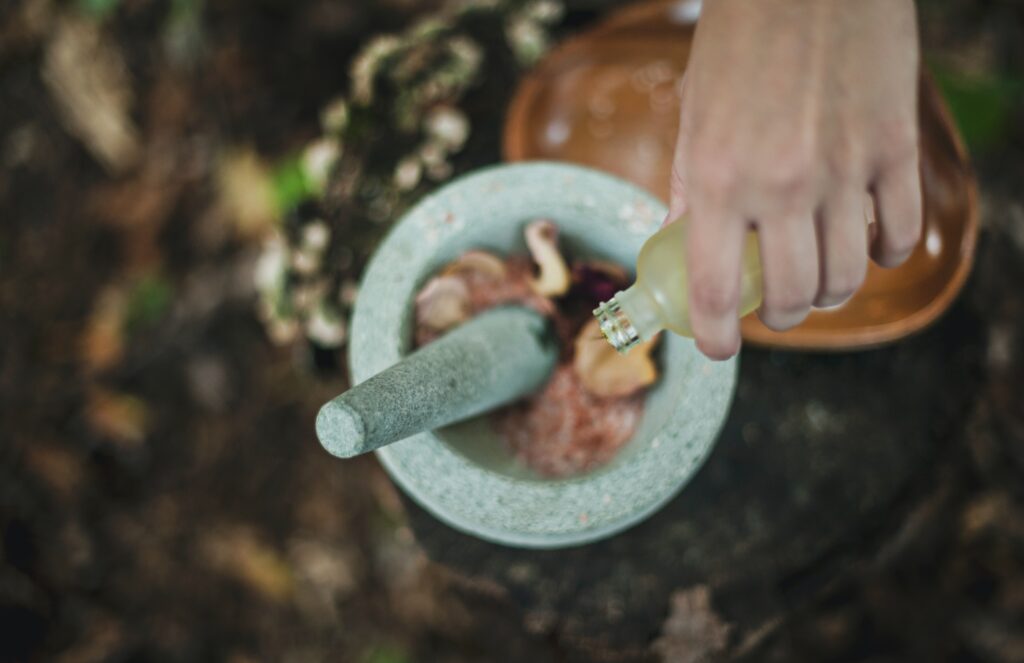
Herbs are natural, they can be found throughout the world and people use them everyday for food or medicinal purposes.
But does that make them safe all the time?
Some people have the misconception that because herbs are natural, they must be safe to use. For the most part, they are, but as with anything, precautions should be taken. In other words, do your research.
Today’s marketing and advertising world have given the word “natural” a meaning that is slightly mis-leading. The word has been used so much, that the definition has become very diluted.
So how do you use herbs safely?

(adj.) existing in or caused by nature; not made or caused by humankind.
Many plants look very similar, but they have different constituents and behaviors. So learning to identify herbs and plants is very important if you plan on using them.
Knowing the botanical names is also key. There are many herbs that have the same common name, but are totally different plants.
The common name of a plant is one that has caught on in a specific region over time. When people migrate to another region, they may associate a new plant with one they are familiar with from another region, even though the plant may be unrelated. This can cause a lot of confusion when talking about herbs.
Lets look at sage for example. There is culinary sage and there is sagebrush. Both are called sage, depending on the location. But they are totally different plants. The botanical name for culinary sage is Salvia officinalis, and sagebrush’s botanical name is Artemisia tridentata.

In looking at how herbs work, there are many variables. The preparation, the part of the herb used, the age of the herb, taken singly or with other herbs and is it being used topically or internally all help determine the safeness of the herb.
Herbs can be prepared safely in many ways. Some can be used in their raw form, like our culinary herbs, basil and parsley. They can be made into tinctures using either an alcohol or glycerin solvent. Herbs can also be dried and used in powder form. They can also be made into herbal oils and vinegars.
An herb used on its own can be safe, but when used with another herb at the same time, the results could be slightly different. This is because of the chemisty and synergy that happens with combining herbs. That doesn’t make it unsafe, but just know that it can behave differently.
Some herbs work better, or may be more potent, when paired with others. Other herbs are like helpers. They help other herbs do their job better or more effeciently. Pepper is a good example of this. Pepper helps many herbs become more absorbable into the bloodstream and cells. It is like the “transport” herb. You will see it partnered up with turmeric a lot.
Try to use just one herb at a time if possible when starting out.
When more than one herb is used and there are side-effects, how can you tell which herb is creating that side-effect? By using one herb, it is a lot easier to determine which herb is causing adverse effects, if there are any, or if you may be allergic to one.
By taking one at a time is an easy way to see which herbs are safe when being used for you.
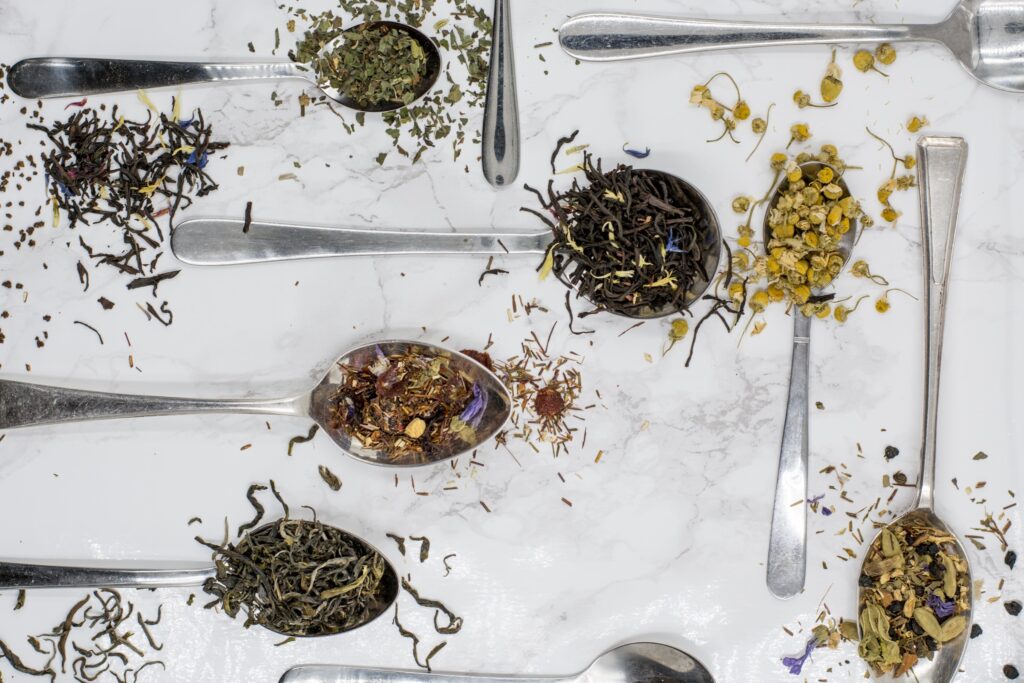
If you are unsure, seek out a professional to help navigate the safety of herbs. This is especially key if you are taking pharmaceuticals.
Most herbs can be used safely with allopathic medicine, but since not all combinations have been studied or tried, it is best to be cautious.
St. John’s Wort is probably the most well known for its interactions with pharmaceuticals. St. John’s Wort is very good at flushing out what should not be there. In other words, having pharmaceuticals in your body is not normal, so St. John’s Wort sees that and removes it.
So in recapping, make sure to:
By doing your own research, learning about herbs, listening to your body and taking precautions, you can know that you are using herbs safely.
To learn more about common myths in herbal medicine, check out my other blog posts:
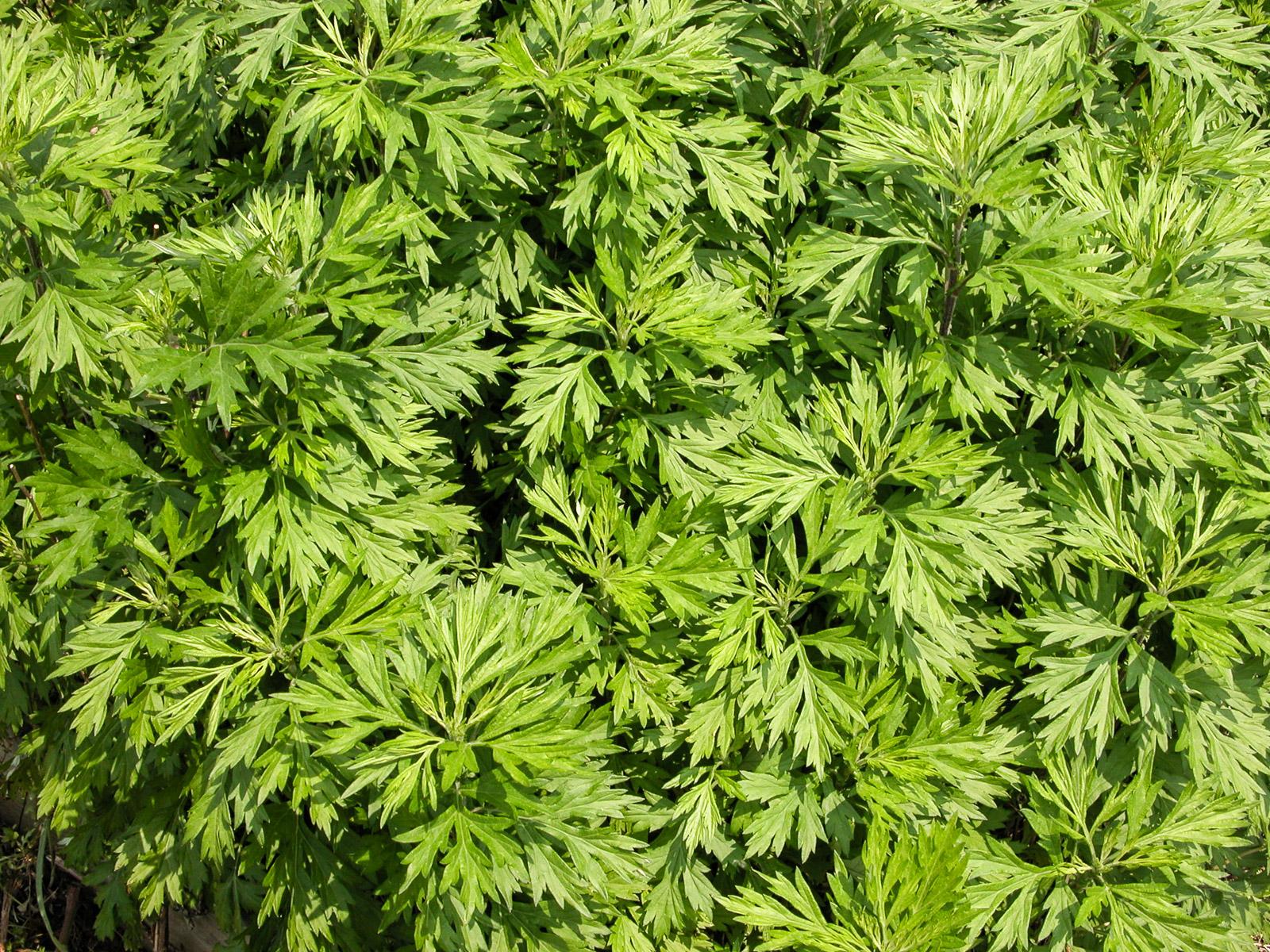
Mugwort, Artemesia vulgarisis, most commonly known as the plant for dreams. As the name suggests, this herb effects the subconscious and promotes vivid dreams. It is named after Artemis, the Greek goddess of the moon and hunt and has a rich history in many herbal traditions as an herb used in spiritual and ritual functions.
Mugwort has seen many uses throughout the years. It is believed that St. John the Baptist put it in his clothing when he was out in the wilderness for protection, hence its nickname, St. John’s Plant. To help increase stamina, Roman solders placed it in their sandals before going off to battle. The Anglo-Saxon tribes believed that mugwort was one of the Nine Herb Charms gifted to the world by the god Woden.
Some Native American tribes used mugwort as a tool to ward off evil spirits. The 16th century herbalist and astrologer, Nicholas Culpeper, associated it with the planet Venus and therefore is considered a nourishing herb for women’s health and vitality.
Mugwort has been notated as far back as 3 B.C., where it can be found in Chinese poetry and ballads.
And for those beer lovers, mugwort was used before hops became the standard in recipes.
Like the title of this blog post says, mugwort has so much more to offer then just dreams.
Mugwort contains several analgesic compounds, including monoterpenes, that help with pain when used topically. Traditional Chinese Medicine has a long history of using this herb for pain relief.
Because mugwort is considered a diuretic, it stimulates urination, one of the best way for your body to eminate toxins. In conjunction, it may also benefit the kidneys and bladder, improving their function and reducing the likelihood of infection.
With its high concentration of vitamin C and other antioxidants, mugwort is wonderful for helping support your immune system. Because vitamin C acts as a powerful antioxidant, it also helps neutralize the free radicals that cause inflammation and weaken the body’s immune system.
Several of its active compounds also stimulate the production of bile, which can speed digestion. Mugwort also helps to ease indigestion, stimulates appetite, reduces bloating and cramps. It may also combat uncomfortable conditions like constipation and diarrhea.
Be careful, as it is also a natural laxative. So don’t overdo it.
Mugwort can help in the treatment of dysmenorrhea, or menstrual cramps. It can also stimulate and regulate menstruation and support the body during the menopausal transition. Please note, pregnant women should not take it because it could lead to miscarriage and premature labor.
With its high concentration of potassium, iron, and calcium, mugwort is excellent for helping to maintain healthy bones and preventing osteoporosis, along with other age-related bone issues.
The beta carotene-derived vitamin A, found in mugwort, might protect against macular degeneration and slow cataract development.
A 2017 review concluded that aqueous and alcoholic (i.e., tea and tincture) extracts of mugwort and other species within the Artemisia genus can effectively decrease blood glucose levels with relatively lesser side effects than standard antidiabetic medications.
Mugwort, like its sister plant wormwood, it can help get parasites and intestinal worms out of your body. It also works against candida, including Staphylococcus aureus, Bacillus typhi, B. dysenteriae, streptococci, E. coli, B. subtilis, and pseudomonads (a 2020 review featured in PubMed by Halina Ekiert confirms this).
The nervine properties of mugwort may make it very helpful for treating anxiety, depression, and chronic stress. Herbalist David Hoffman writes, “[Mugwort] has a mild nervine action, which also appears to be related to volatile oil content, that may help ease depression and tension.” Need to relax? Make a cup of mugwort tea.
It has long been used for treating malaria since the outbreak in 1970, including the high-drug resistant strains. Mugwort contains artemisinin, an active chemical compound extracted from artemisia plants that makes it a perfect treatment for malaria.
Burning certain dried herbs helps to kill bad bacteria lingering around.
Mugwort has antimicrobial properties, so if you just want to purge your house of nasty bacteria, consider using a mugwort smudge or incense.
Mugwort has long been praised for its “psychic” and even “hallucinogenic” properties. But in reality, its hallucinogenic properties are nowhere near as intense as herbs like wormwood (which mugwort is related to) or vervain, and those who have experienced a narcotic high won’t find the experience similar at all.
Some users have claimed that it helps them remember their dreams more vividly and even have the occasional lucid dream.
Mugwort is a perennial that self-seeds and will grow just about anywhere, in fields and along roadways. It is considered an invasive weed in many places because it is fast-spreading .
It is a tall, upright plant, reaching six feet, with beautiful feathery leaves. The tops of the leaves vibrant green and the undersides have a silver iridescent hue.
It is in the Asteraceae family, so if you are allergic to daisies, you may want to be careful in how you interact with mugwort.
During the summer, mugwort displays small red, pink, orange, and yellow flowers. It’s known for being attractive to pollinators like bees and butterflies.
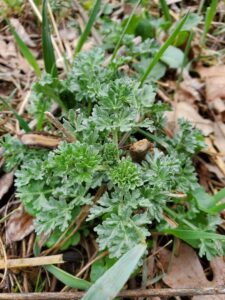
There are many ways to use and take mugwort. The entire plant can be used, the roots, leaves and flowers. Listed below are some to get you started on your mugwort journey.
The flowers and leaves can be used in a variety of food dishes. It pairs well with rich, heavy foods, helping to digest them more easily.
This herb can be used like any other green. It can go raw into salads. It does have a bitter taste, so start with just a small amount mixed with other greens.
Mugwort also goes well in soups and stews, like cilantro or parsley. Don’t stop there, you can add it to rice, chicken and fish to add flavor.
Being it is a green, throw some into your next green smoothie, if that’s your thing.
Because mugwort helps with gas, stomach acid, bile production, and overall digestion, tea is an easy way to handle these issues.
Taking it as a tea before going to bed helps to soothe the nerves. It could also give you some interesting dreams!
Fun fact: Back in WWII, when tea became a pricey luxury, mugwort was used as a tea substitute in some parts of England.
Tinctures are a simple and easy way to get mugwort into your system. You can either make your own or purchase it from an herbalist or natural wellness store.
This is a traditional Chinese medicine technique that involves the burning of mugwort to promote healing with acupuncture.
Mugwort leaves are dried and then lit over acupuncture points to circulate and strengthen blood and move energetic qi stagnation in the body. This facilitates energetic movement where there is limitation, restriction and stagnancy in the mind, body, and spirit.
Using a mugwort smudge stick can help to purify and clean the air. It can get rid of bacteria and other pathogens that may be in the air.
If you have problems with aphids or other insects in your garden, you may want to consider having a plant or two of mugwort. Remember, mugwort can be a bit greedy when it comes to space, so growing it in a pot will help it from taking over your garden.
A 2013 study affirmed this traditional knowledge of mugwort’s insecticidal properties, finding that even low concentrations of mugwort essential oil repelled and killed mosquito larvae.
You can make a weak mugwort tea and put it in a spray bottle for a bug spray.
You can purchase my Mugwort Tincture from my Herbal Shop today.
I wildcraft the plant myself in Central MN and make the tinctures in small batches.
I use the folk method for making all my tinctures, which uses no measurements except sizing things up with your eyes. So I put the plant material in a jar and then fill with alcohol.
The tincture comes in a 1 oz bottle with dropper.
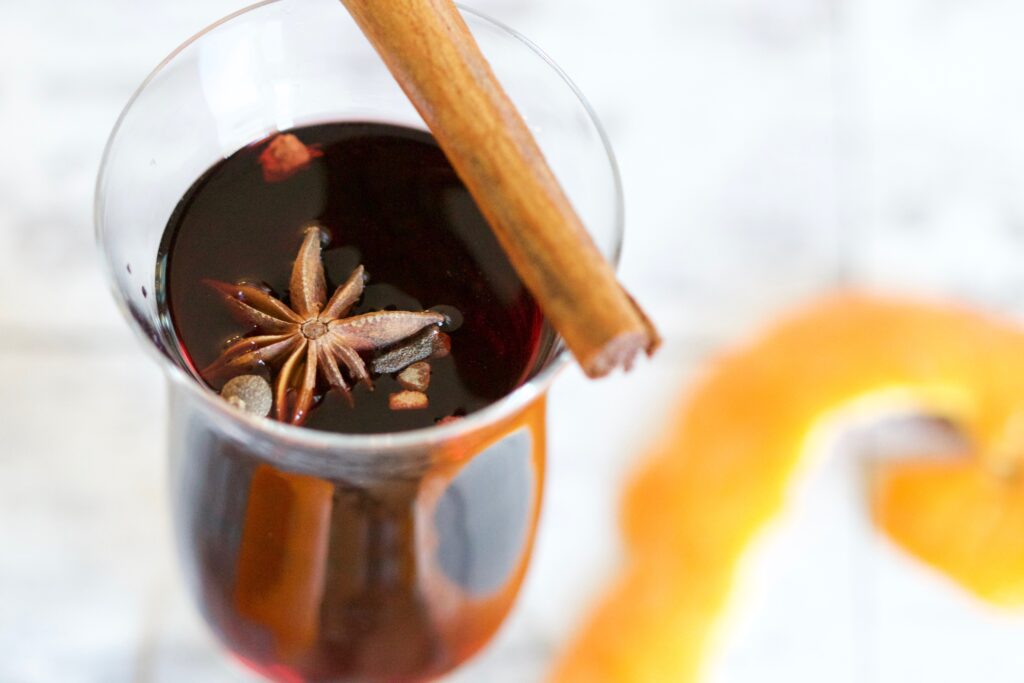
The simple definition of what a mulled wine is, is taking red wine, heating it up and adding spices to it.
But as we all know, we like to “spice” things up and create something with a little more pizzaz. And so the creation of a multitude of mulled wine styles begins.
Variations include adding spices, such as cinnamon, cloves, allspice, anise, and nutmeg. Citrus fruits and raisins can also be added to the mixture to enhance its flavor. And don’t forget other liquors, such as brandy, bourbon and beer are added depending on the recipe.
And there are many more cultures and countries that have some sort of mulled wine.
Mulled wine has a long history, starting back in 20 AD with the Romans.
By the 12th century, forms of mulled wine were very common in parts of Europe, especially in France and Spain. Recipes for this “spicy wine” can be found in written works of the time, like Regiment of Sanitat, written by Arnaud de Villeneuve, a doctor and theologian of the time.
This drink became even more popular in the 13th century, spreading further throughout Europe. The English king, Henry III, was very fond of mulled wine and made sure it was at the table when eating.
As the years went by, mulling was used more as a way to prevent waste of any wine that may have been unpleasant to taste. By adding herbs, spices and fruits, it made the wine more palatable.
Throughout the years, cultures took the recipes and altered them to suit their own taste. By adding different spices, herbs and fruits, they all created unique versions of this winter beverage.

In the Middle Ages, people viewed mulled wine as almost medicinal. They believed that the added spices made them healthier. They weren’t exactly wrong. And, alcohol was at times safer than the water that was readily available to those that lived in cities, especially during the Black Death.
Ancient Greece used spiced wine as a medicinal tonic for warming the body. The Greeks called this elixir hippocras, after Hippocrates of Kos, the physician known as the “father of medicine”.
When taking a dive into the ingredients, one can see how mulled wine is a form of medicine and the health benefits it can provide.
Red wine offers many health benefits. It supports cardiovascular health and helps fight inflammation. Because it contains resveratrol, it can help sharpen your mind and fights off free radicals. Red wine may also help to improve your mood.
A study, conducted at Curtin University in Australia, found that regular consumption of red wine reduced the risk of developing cardiovascular disease by lowering LDL cholesterol levels in postmenopausal women by 8 percent and increased HDL cholesterol levels by 17 percent.
When used as a sweetner, honey has many benefits. It is a natural antibiotic and helps to activate the medicinal properties of the other herbs and spices.
Cinnamon brings warmth into the digestive organs and extremities. It also helps to lowers blood sugar levels and helps remove digestive parasites.
Orange peel, which is high in vitamin C, can improve our immune system. You can learn more about the health benefits of orange in my blog post 21 Reasons to Get Orange Peel Into Your Diet.
Cloves are anti-parasitic and help remove worms from the gut and improve circulation. But don’t add too many or you will numb your taste buds.
Cardamom brings strength to the digestive tract.
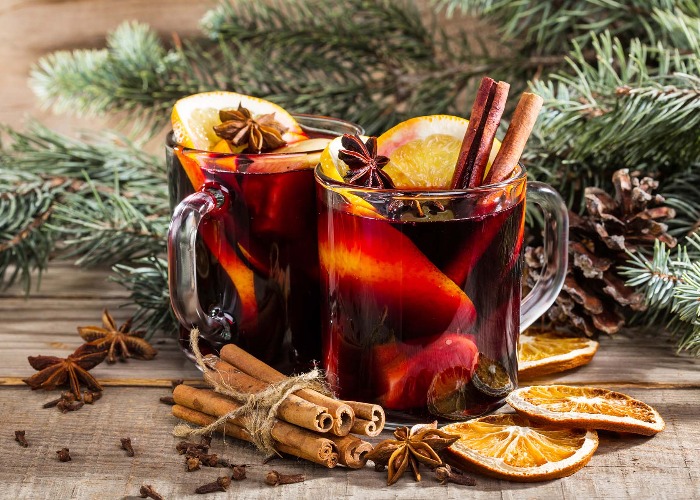
So why is mulled wine such a popular drink during the holidays and at Christmas?
This tradition appeared in the 1890’s, when outside German markets offered this warming beverage to their shoppers. Within a few years, it became a contest as to who could create the best tasting mulled wine in the market.
Charles Dickens, the writer, included a passage which mentioned Smoking Bishop, a popular mulled wine of the day, in his classic A Christmas Carol.
And what do you eat with mulled wine? There is nothing better to serve it with than shortbread, speculoos, or a cinnamon or almond cake.
Even though this is considered a holiday drink, Mulled Wine Day is celebrated on March 3.
There are a lot of variations when it comes to the recipes and ingredients for mulled wine. But here is a list of the most common items needed in making this beverage.
There is no shortage of recipes for mulled wine. Just Google it and see how many pages of recipes pop up. It’s really no surprise since this beverage has been around for centuries.
Once you start looking, you’ll be amazed at the variety of recipes that are out there. What is even more amazing is that once you know how to do it, you can start creating your own versions of mulled wine. There really is no wrong way.
To get you started, I put in a few links to some tasty mulled wines below. Once you try one, let me know what you think in the comments below.
CHEERS!
https://www.myrecipes.com/how-to/cooking-questions/what-is-mulled-wine
What is Mulled Wine? How to Make it and 5 Easy Recipes.
The mulled wine: origins and preparation advice
The History of Mulled Wine
https://www.nenaturalhealthcentre.com/uploads/2/5/8/6/25863178/mulled_wine.pdf
https://www.goodhousekeeping.com/health/diet-nutrition/a33145/drink-wine-every-day/
Benefits of Red Wine for the Heart, Body & Mind

Varicose veins are part of getting older for some of us. As our bodies start taking the tole of our past years, it starts to show physically. You could say that is a sign of learned knowledge. But, for most of us, we would rather not show so many signs of getting older.
For now, lets take a look at one physical feature that many people are concerned about, and those are varicose veins. We’ll look at what they are, how they come to be and some natural ways one can try to subdue them.
Varicose veins are enlarged veins that have pushed themselves outward, just below the skin. They are most commonly found on the legs and feet, yet can affect any vein in the body.
Most are harmless. They are just a cosmetic issue for some people.
For some, varicose veins can be painful or sore. They can also cause issues for blood circulation. That can bring on swollen ankles, itchy skin and achy limbs.
Veins are continually working against the forces of gravity as they push blood back to the heart. Veins must be kept healthy and strong to maintain this level of work.
There are “valves” in the veins that push the blood back to the heart. Valves and muscles work together to get the job done. So if the muscles weaken, so do the valves.
As the valves and muscles weaken, blood starts to pool in these areas, which leads to varicose veins.
A variety of things can cause the weakening of valves and muscles. Some of those include obesity, being sedentary (which causes muscles to weaken), standing for a long period of time, pregnancy, menopause, aging, genetics and walking.
Poor blood circulation is also key in varicose veins, and a number of other health issues. Lack of concentration and low energy levels can also be due to poor blood circulation. Here is an article from The Lost Herbs, DIY Lost Circulation Booster, that can shed more light on this topic and a way to correct the issue.
The primary symptom of varicose veins is visibility. They become swollen, misshapen veins on ones legs. Some people will also have pain, heaviness and achiness near these veins.
Swelling can also occur in the lower legs and ankles after standing for periods of time.
In severe cases, the veins can bleed and ulcers may form.
According to WebMD, varicose veins can sometimes be genetic, and women are twice as likely to develop them over men.
About 23% of Americans are affected in some way.
There are a number of things a person can do to help control and lessen the issue. The Mayo Clinic suggests exercise, elevating ones legs and wearing compression stockings.
Also, losing weight or maintaining a healthy weight can help minimize or prevent them as well.
Surgery is an option for those where lifestyle changes aren’t improving the condition or there is just too much pain. More information on surgical procedures can be found here.
Using herbs and plants is another way to deal with this issue.
One can look to herbs and plants to help with varicose veins in a natural way.
A number of herbs that can be used to minimize the effects of varicose veins are known as astringents. They help by tightening the tissues and getting them back to their original state, as best they can.
Some of these herbs include:
(helichrysum italicum) is named after the golden yellow flowers of the plant, and comes from the Greek words helios meaning sun and chrysos meaning gold. A common name for it is Immortelle.
Helichrysum has many medicinal properties and is known for its restorative and rejuvenating properties. It helps heal scars and supports cell growth by encouraging the recycling of dead cells and stimulating production of new ones.
This yellow flower can also be used to help with inflammation and clears blood clots by liquefying/thinning them.
Helichrysum is an anti-oxidant as well.
(aesculus hippocastanum), also known as buckeye in some parts, or conker tree in Europe.
Horse Chestnut supports blood circulation, thus helping those with varicose veins. As an astringent, it helps to tone vein walls which, when slack or distended, may become varicose, hemorrhoidal or otherwise problematic.
Aescin, a constituent found in horse chestnuts, performs an antioxidant function and has a general vasoprotective role by protecting collagen and elastin (the two chief proteins that form the structure of veins). There are multiple clinical studies showing that horse chestnut helps in reducing inflammation, alleviating circulatory problems affecting the legs and reducing varicose veins.
You can find our more about how horse chestnuts help with varicose veins in this article, “How to Treat Varicose Veins with Chestnuts“.
(quercus alba) is a tree native to North America and was used by Native Americans for many conditions. Throughout history, it has been known as a symbol of strength and endurance.
White oak is an astringent, due to its high level of tannins, and helps with inflammation and skin conditions, such as varicose veins.
It is also an antiseptic, so helps control infection internally and externally.
White oak also contains quercetin, which helps in strengthening the capillaries and veins.
Did you know you can grind the acorns into a flour? Pretty cool!
(Salix alba) has been used medicinally for over 5000 years. It is native to Europe and Central Asia.
The bark is known as being the original pain reliever because it contains salacin, which the body converts to salicylic acid. Thus if helps reduce fevers, pain and inflammation. It takes a little longer to work, but lasts much longer then aspirin and has less side gastronomic side effects due to the large amounts of tannins that protect the stomach.
The inner and outer barks have slightly different concentrations of compounds for different ailments.
Willow bark’s high concentration of antioxidants make it very beneficial for the health of the skin. It increases blood flow to the skin, which helps to reduce wrinkles and age marks.
(Hamamelis virginiana) is a fairly common shrub found in North America. Native Americans used it to help treat skin irritations and tumors.
Witch hazel is a great skin treatment because of its astringent properties. It helps with stretch marks, wrinkles, acne, hemorrhoids and varicose veins. It is also good for itchy skin when dealing with chickenpox, eczema, bug bites and poison ivy.
Witch hazel’s ant-inflammatory properties also make it a go-to for diaper rash and sunburns. Regular application helps in healing the damaged skin quicker.
Daily use of witch hazel helps to kill bacteria living on the skin and supports cell growth. It also helps to remove excess oil from the skin.
(Achillea millefolium) originated in Europe. It can now be found in many parts of North America. The Greeks used yarrow over 3000 years ago to treat wounds. The genus name, Achillea, honors the Greek hero Achilles; who reportedly used yarrow for himself and for his soldiers as a treatment for battle wounds. Yarrow was also commonly used during the Civil War to stop wounds from bleeding.
When used topically, yarrow is wonderful for helping with skin issues, such as rashes, hemorrhoids, varicose veins or broken wounds. It supports blood circulation, reduces blood stagnation and helps to tone vein walls with its astringent properties.
Herbal Products or DIY
One can make their own creams or ointments to help with varicose veins by using some of the herbs mentioned above. One place to purchase these herbs is at Mountain Rose Herbs.
If one can’t or doesn’t have the time to make a cream or ointment, I offer a wonderful cream for varicose veins that not only helps minimize them, but softens and hydrates the skin as well.
Another way to utilize herbs in controlling or minimizing varicose veins is by using tinctures topically. Put the tincture directly on the varicose veins and let dry on the skin, or use a cloth soaked with the tincture to lay directly on the veins for a period of time.
Using this natural method will take a little bit of time to see results, so one has to be patient. It took years for the varicose veins to appear, so they won’t disappear overnight.
Sumac grows pretty abundantly here in the Midwest. You’ll see it along highways, roadsides, in parks and on the edges of yards.
I think it looks rather stately in late summer and early fall with its reddish fruit, called drupes, popping out from the green vegetation.
There is a poisonous sumac, but it has white berries. So its pretty easy to stay away from that particular plant. I had always thought all sumac was poisonous, but now I know better.
Sumac has a few different uses, from creating a beautiful natural backdrop, to being a refreshing beverage, to being a lemony spice to top off a food dish.
I never know sumac could be eaten, till a few years ago, when I came across an article for sumac-ade. So I had to give it a try, since I had a lot of wild sumac near me. And I have to say I was surprised at the refreshing taste, like a twist on lemonade!
Sumac-ade is made by putting the fruit in a large jar or bowl and running cold water over it. Let it sit for an hour or two and then strain out the fruit, leaving an infused lemony tasting beverage! Some people will make a hot infusion, but I think that brings out more tartness, so I prefer doing the cold water method.
You can get a sample of the lemony tart flavor by just rubbing your fingers on the fresh fruits and licking your fingers. But don’t do it after a rainfall, as it will wash away the flavor. Wait till the fruits are dry.
Sumac, in its many forms, can be found throughout the world. In the Middle East, the sumac fruit is ground up into a spice that they use on some of their dishes to give it that slight lemony taste. Za’atar is a spice blend using sumac. You can find the recipe here.
Sumac is very high in Vitamin C and I’ve heard it can be added to a homemade natural cough syrup. It is also an antioxidant.
I picked some sumac a few weeks ago and have let it dry. I’m now working on getting all the fruit off of the stems so I can grind it up and make some sumac spice. I’m anxious to try it on some of my food dishes.
Just need to find a coffee grinder first…
Resources and References:
http://www.backyardforager.com/sumac-a-necessary-spice/
http://www.bonappetit.com/test-kitchen/cooking-tips/article/how-to-make-za-atar-spice-at-home
https://nowiveseeneverything.wordpress.com/2013/10/16/sumac-rhus-typhina-and-rhus-glabra/